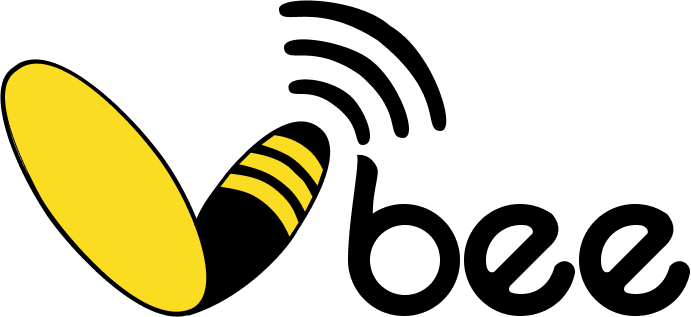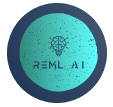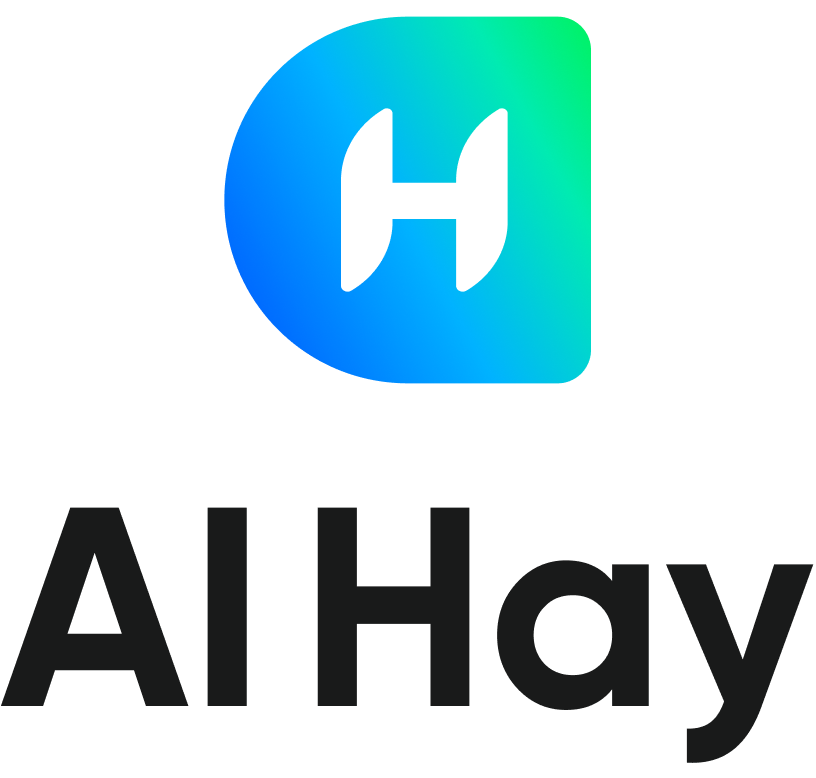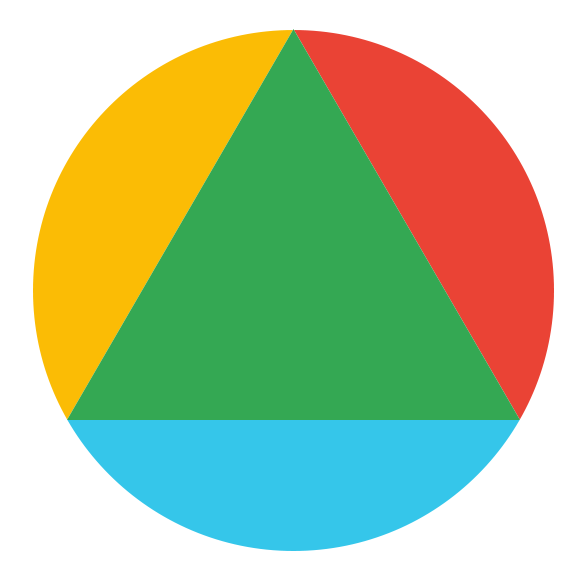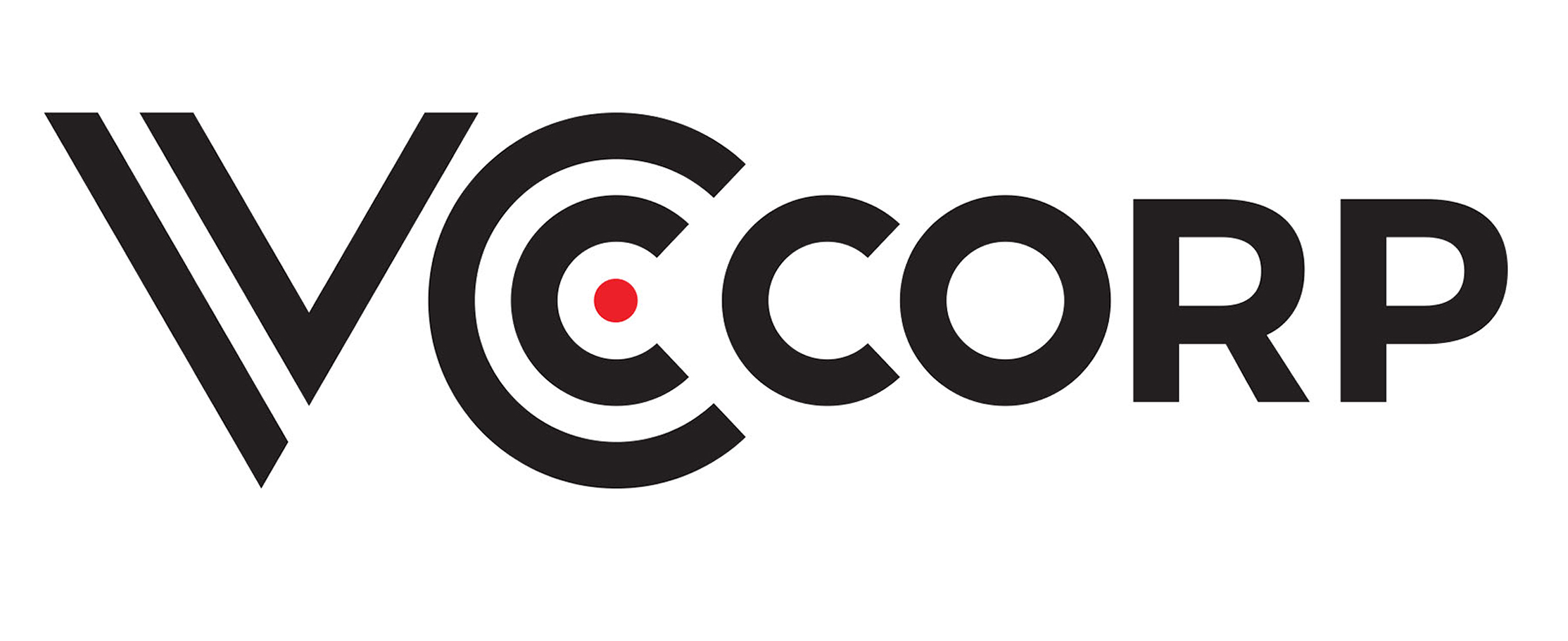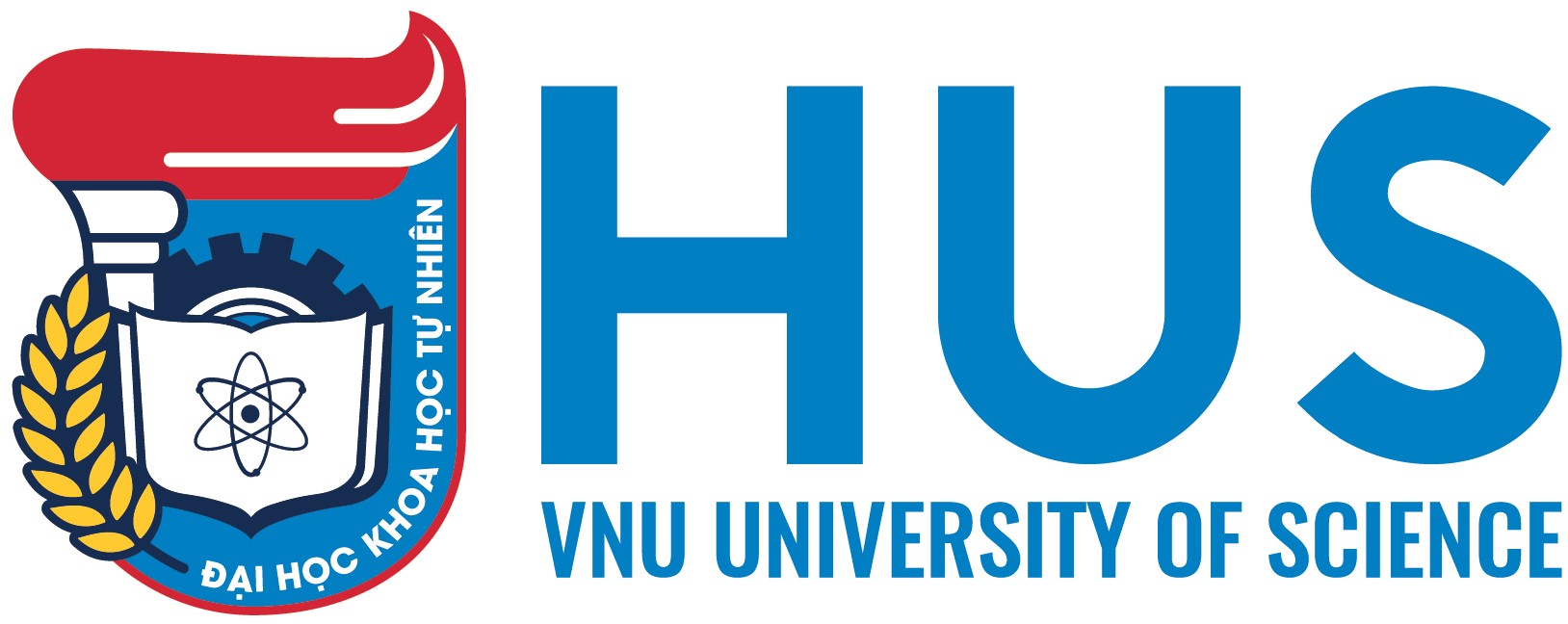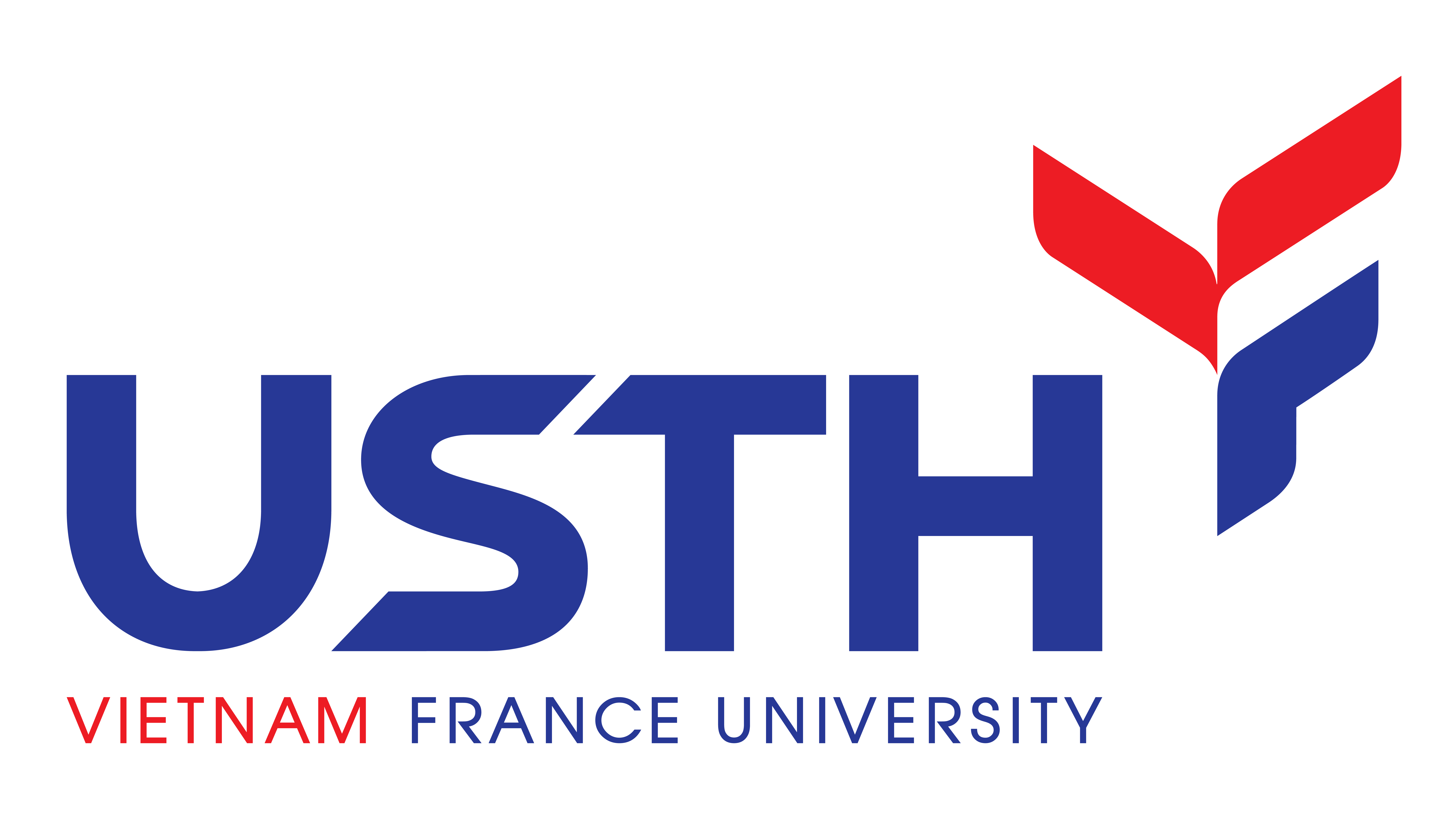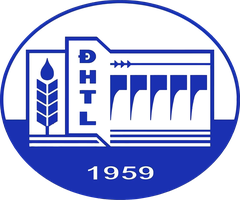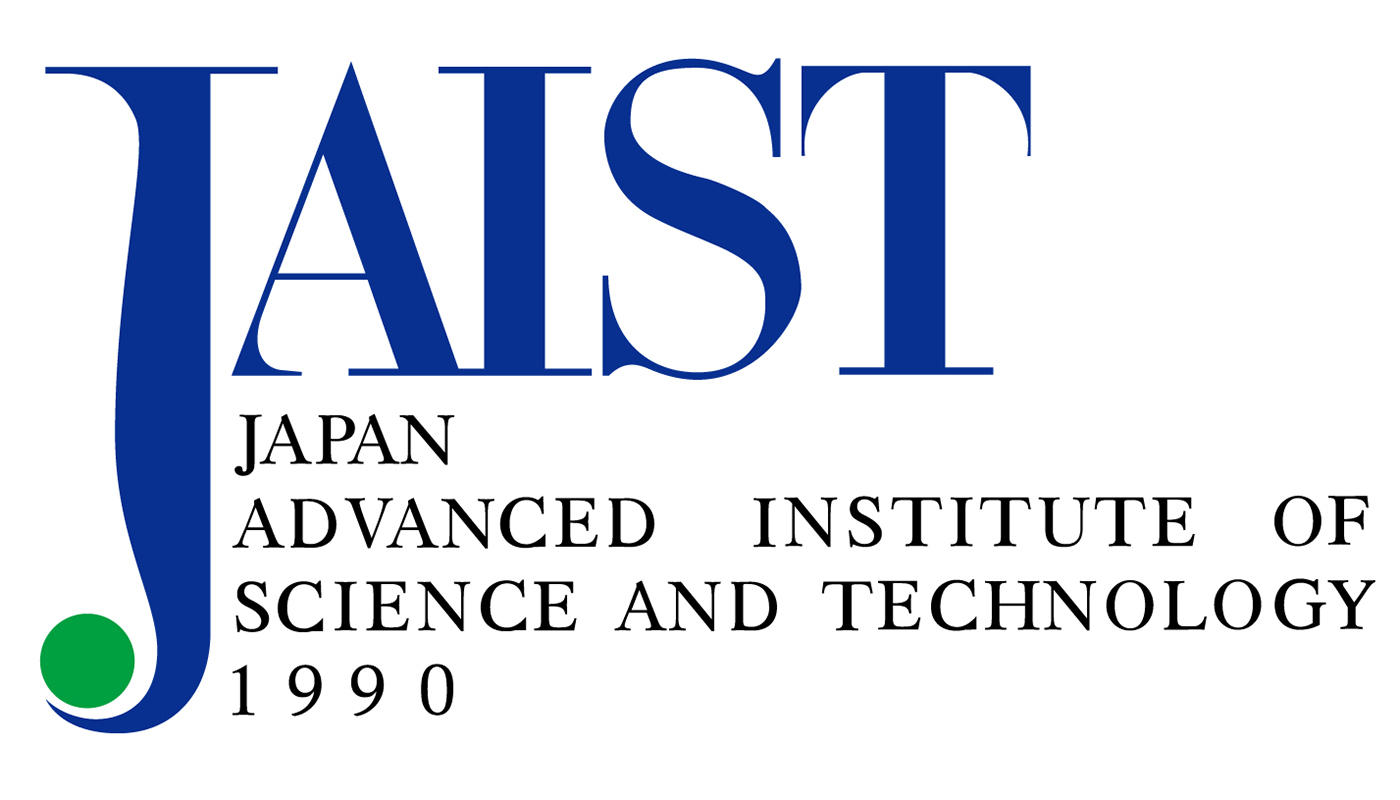VLSP 2019 - Committees
Workshop General Co-chairs
- Luong Chi Mai, Institute of Information Technology, VAST, Vietnam, lcmai@ioit.ac.vn
- Nguyen Thi Minh Huyen, VNU University of Science, Hanoi, Vietnam, huyenntm@hus.edu.vn
Workshop Organizing Co-chairs
- Do Truong, VAIS, Vietnam
- Le Cong Thanh, InfoRe, Vietnam
- Nguyen Thi Thu Trang, Hanoi University of Science and Technology, Vietnam
- Vu Xuan Son, Umeå University, Sweden
Workshop Program Committee Co-chairs
- Nguyen Le Minh, JAIST, Japan
- Vu Hai Quan, VNU-HCM, Vietnam
Program Committee:
- Dinh Dien, University of Science, VNU-HCM, Vietnam
- Luong Chi Mai, Institute of Information Technology, VAST, Vietnam
- Le Anh Cuong, Ton Duc Thang University, Ho Chi Minh city, Vietnam
- Le Hong Phuong, University of Science, VNU, Hanoi, Vietnam
- Le Thanh Huong, Hanoi University of Science and Technology, Vietnam
- Ngo Xuan Bach, Posts and Telecommunications Institute of Technology, Hanoi, Vietnam
- Nguyen Le Minh, JAIST, Japan
- Nguyen Phuong Thai, University of Engineering and Technology, VNU, Hanoi, Vietnam
- Nguyen Thi Minh Huyen, University of Science, VNU, Hanoi, Vietnam
- Nguyen Thi Thu Trang, Hanoi University of Science and Technology, Vietnam
- Nguyen Van Huy, Thai Nguyen University of Technology, Thai Nguyen, Vietnam
- Nguyen Van Vinh, University of Engineering and Technology, VNU, Hanoi, Vietnam
- Nguyen Viet Cuong, HPC Systems, Inc., Japan
- Nguyen Viet Son, Hanoi University of Science and Technology, Vietnam
- Pham Bao Son, University of Engineering and Technology, VNU, Hanoi, Vietnam
- Phan Thi Tuoi, University of Technology, VNU-HCM, Vietnam
- Phan Xuan Hieu, University of Engineering and Technology, VNU, Hanoi, Vietnam
- Tran Do Dat, Ministry of Science and Technology, Vietnam
- Tran Mai Vu, University of Engineering and Technology, VNU, Hanoi, Vietnam
- Vu Hai Quan, University of Science, VNU-HCM, Vietnam
- Vu Tat Thang, Institute of Information Technology, VAST, Vietnam
... to be updated ...



